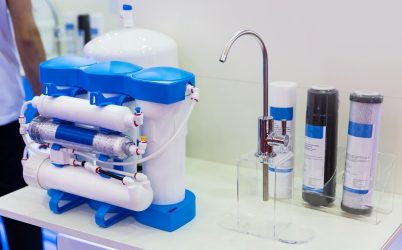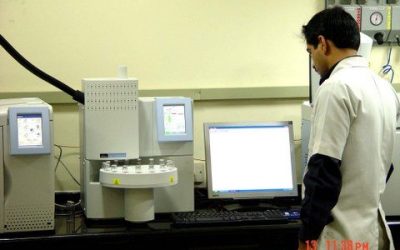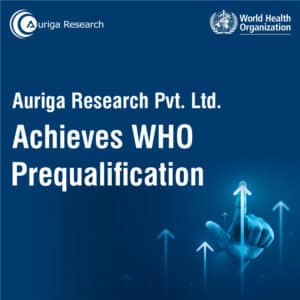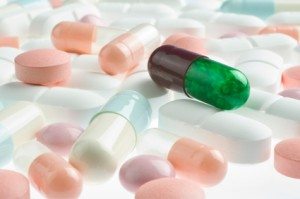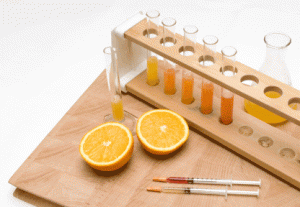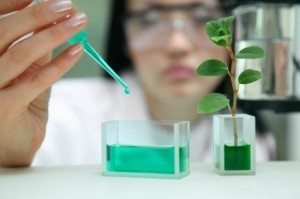Do you know that the pleasant fragrance of your room freshener, paint on the walls of your house and furniture, cosmetic products, deodorizers, mothballs, disinfectants and many more things around us contains Volatile Organic Compound (VOC)? Whether we are aware of it or not but the fact is that we all are exposed to it.
Plethora of VOCs is manufactured in various industries and it is an ilk of slow poison not just for humans and animals but for the environment and ecology too. If VOC is dissolved in groundwater, it becomes even more dangerous as it cannot evaporate in air and makes the water unsafe for us.
Numerous VOC tests and studies show that the concentration of VOC is higher indoors than outdoors. Notably, in ordinary room temperature VOCs have high vapour pressure. It is quite dismaying that It occurs not just in man made products but naturally too in different chemical compounds.
Interestingly, most VOCs are not acutely dangerous however they leave a deleterious effect on health after long continuous exposure to it. Volatile organic compounds (VOCs) are chemicals that both vaporize into air and dissolve in water. VOCs are used in industry, agriculture, transportation and indoor activities. This is why it is quite difficult to avoid it.
Impact of VOC on environment
- VOCs become more harmful after photochemical conversion to secondary pollutants.
- Ground ozone formation
- Detrimental effects on materials and buildings
Impact of VOC on health
- Skin and eye irritation
- Respiratory illness
- Headache
- Fatigue
- Cancer
What is VOC TESTING?
Volatile Organic Compounds (VOCs) exist in most of the natural and synthetic materials, be it solids or structurally diverse liquids or vapours. This is why it needs serious attention as it is harmful for living beings and the environment.
The best way to mitigate this danger is by collecting samples and submitting for analysis in the laboratory, with techniques such as Gas chromatography–mass spectrometry (GC-MS) for quantitative analysis of VOCs in both gaseous and liquid matrices.
Common Volatile Organic Compound
- Acetone is commonly found in nail polish remover, wallpaper and furniture polish.
- Benzene can be traced in emissions from barbecues, burning candles, stoves and cigarettes.
- Carbon Disulfide could be found in chlorinated tap water.
- Dichlorobenzene is commonly detected in mothballs and deodorizers.
- Ethanol is found in glass cleaners, dishwasher detergents and laundry detergents.
- Formaldehyde could be found in floor lacquers and certain moulded plastics
- Terpenes could be found in fragrant products such as soap or laundry detergents.
- Toluene is present in paints
- Xylene is found in traffic emissions and idling cars.
Awareness among Manufacturers
The need of the hour is to apprise and spread awareness among manufacturers so that they could think about manufacturing products which are free from VOC and spreading the right message related to the safety of their products. This will certainly give them ample new business opportunities and gain trust of consumers.
VOC analysis and Testing of different products in laboratory
Numerous studies indicate that prolonged exposure to VOC creates harmful effects on health as it affects liver, kidney, increase carcinogenicity, skin irritation and several other health problems. Moreover, when it comes in contact with nitrogen oxide it creates ground level ozone, smog and climate change.
Consumer Product testing
- Paints and inks
- Furniture and wood products
- Footwear and textiles
- Electrical and electronic appliances
- Aerosol product
VOC TESTING FOR FURNITURE
- Formaldehyde emission testing for wooden furniture and its components to make your offices and homes a safer place.
Interior Building products
- VOC, Formaldehyde & Phthalate Testing for Interior Building Products according to regulatory standards.
VOC TESTING FOR PAINTS AND INKS
- TVOC
- Water content
- Density
- Exempted solvent content
Testing Services for Building Products
In the changing time the architects and design professionals, and purchasing agents are immensely interested in specifying building products and Indoor Environmental Quality. In this scenario VOC testing is essential to meet the desired standards.
Floor Testing
The flooring industry has been testing its products for VOC emissions. Our Labs deals with product sampling, testing of concrete floor finishes, textile floor coverings and guides you through the process to help you achieve the desired standards and meet mandatory requirements.
VOC Testing Methods
Prominently, Gas Chromatography and Mass Spectrometry (GC/MS) headspace is a general and powerful combination to identify VOC in liquid samples or solid materials.
It helps to recognize the compounds or determine the single or multiple constituents and total VOC present in the sample.
The process involves heating of the required size sample at a specific temperature for a desired amount of time.
Our labs offer GC/MS services to detect VOC in different materials to meet the needs of your business and ensure that your products comply with International VOC standards to safeguard the environment and health. The network of our laboratories and expertise makes sure that your products match the regulatory standards.
We provide accurate data, excellent services and fast turnaround time to give you the accurate results. Contact our testing labs to find out how you can benefit from our VOC testing expertise.




